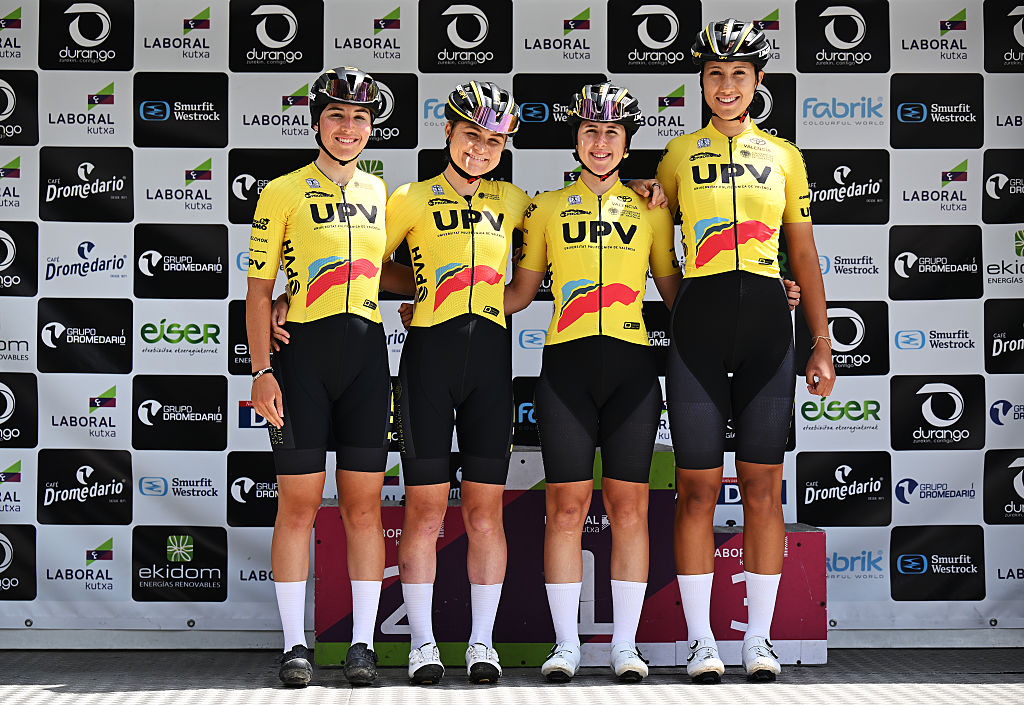Preview: Can the Mortirolo breathe new life into Giro d’Italia?
Contador: "It’s a climb where you can make the difference"
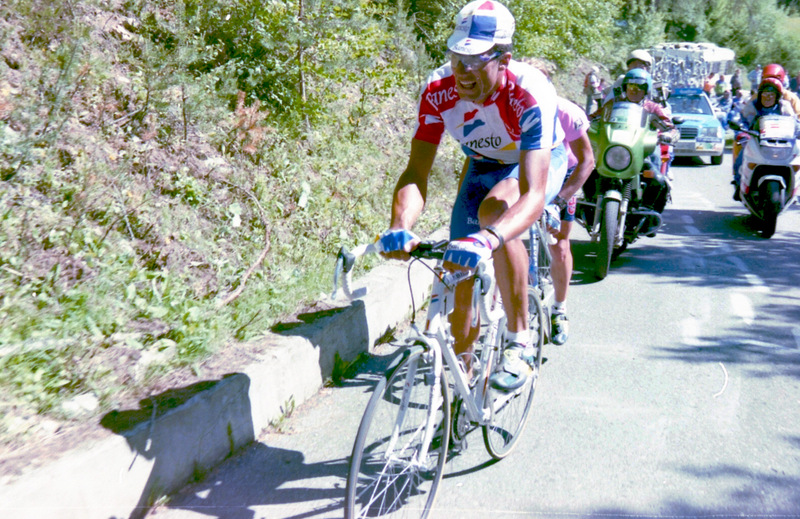
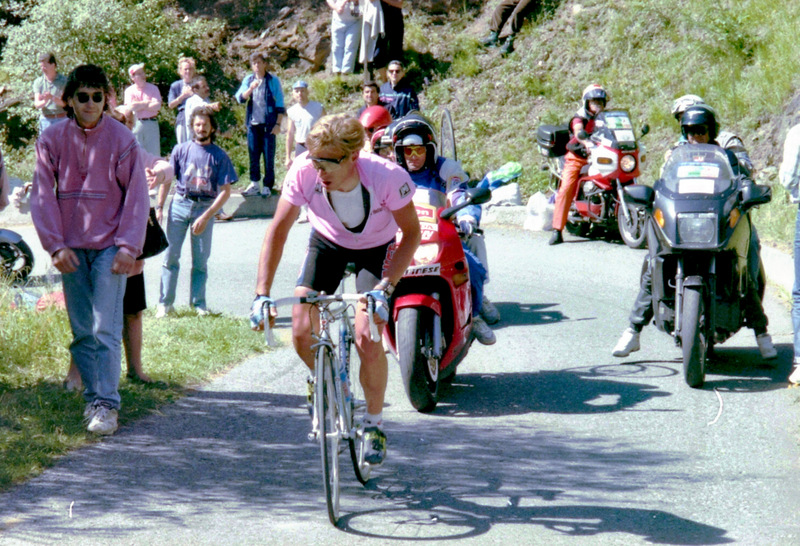
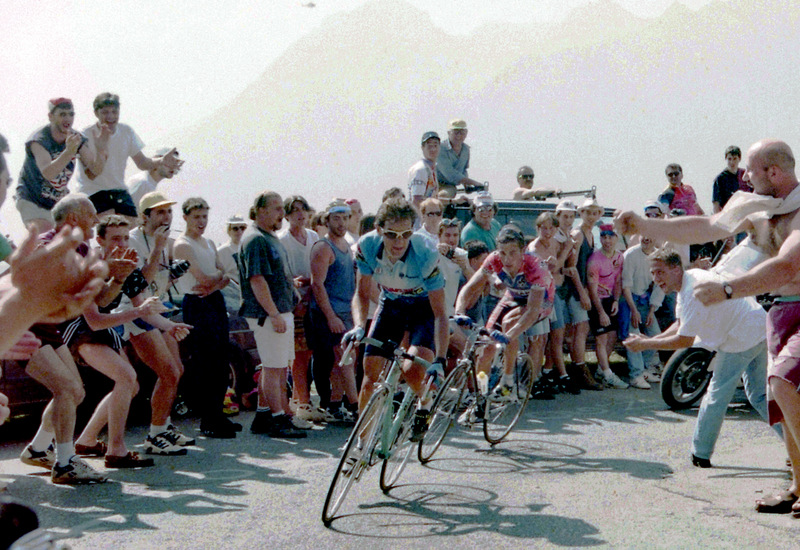
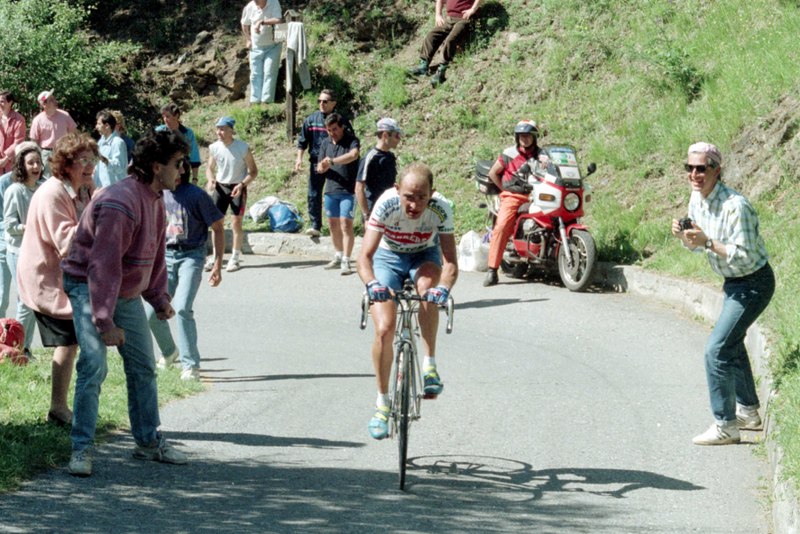
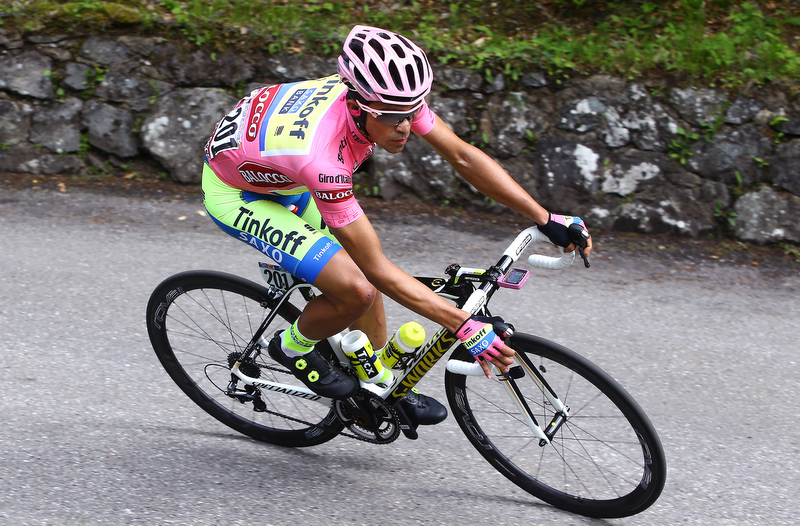
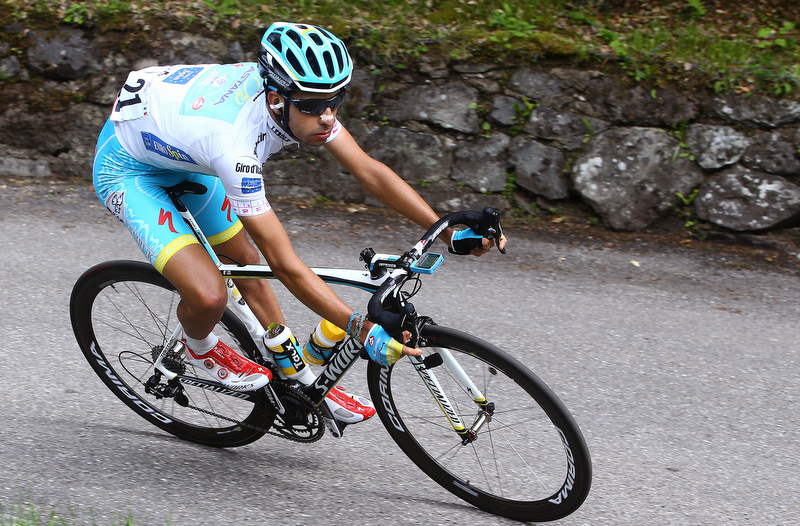
For three consecutive days, Alberto Contador has sat before the Giro d’Italia press corps and insisted that the race is not over, despite his commanding advantage at the top of the overall standings, and as he did so, it was hard not to be reminded of similar protestations from his fellow countryman Miguel Indurain as he dominated Grand Tours in the early 1990s.
Contador is being diplomatic, of course, but he is not entirely wrong. True, an advantage of 2:35 over a seemingly flagging Fabio Aru (Astana) seems unassailable for a rider of Contador’s experience, and yes, the other pre-race favourites have either been eliminated from contention (Rigoberto Urán) or forced out altogether (Richie Porte), but there are still more than a thousand kilometres between here and Milan, as well as the three toughest stages of the Giro.
The most daunting of them comes on Tuesday, as the peloton returns to action after the second rest day at Madonna di Campiglio and faces directly into the tappone from Pinzolo to Aprica, which features the Campo Carlo Magno, the Passo del Tonale and the mighty Mortirolo, which is set between two treks over the short haul to the finish.
The Mortirolo, understandably, grabs the attention. Since its first appearance at the Giro in 1990, few climbs have built up such prestige in such a short space of time. Its introduction came about in part due to its altitude – at 1,854 metres, it avoided the same high risk of snow presented by the neighbouring giant, the Gavia – but its reputation has been forged by its difficulty.
Stage 16 tackles the “classic” ascent of the Mortirolo, climbing from Mazzo di Valtellina and dropping to Edolo, and while extreme gradients are almost par for the course in modern cycling, the climb’s slopes – which touch 18% and average 10.9% over its 12.8 kilometres – were a most intimidating novelty when thrust upon the peloton in the 1990s.
The success of the Mortirolo – and in particular, the duel between Marco Pantani and Indurain in 1994 – triggered a scramble for steeper and steeper gradients. The Vuelta a España added the Angliru in 1999, for instance, and – not to be outdone – the Giro responded with the Zoncolan.
Indeed, speaking on Monday afternoon, Contador estimated the Zoncolan to be the most difficult climb he had tackled in his career, but while it provides spectacle, the ‘Kaiser’ often underwhelms from a sporting point of view. The gradient is such that the difference in speed between the strongest and the rest is smaller than elsewhere, and so the time lost and gained is usually less than expected.
The latest race content, interviews, features, reviews and expert buying guides, direct to your inbox!
The Mortirolo, by contrast, strikes a compelling balance – just steep enough to force a natural selection but not so extreme as to descend into an exercise in masochism. In short, a climb to be raced and not simply to be endured. “A climb where you can make the difference,” as Contador put it.
The route
A rapid descent to Dimaro follows, and no sooner does the race reach the valley floor than it begins to climb again, grinding up the Passo Tonale, which drags on for over 15 kilometres at an average of 6.1%, with its most difficult, 10% slopes coming around six kilometres from the summit. Another long drop follows, this time via Ponte di Legno to Edolo, before the first ascent of the climb to the finish, the third category plateau towards Aprica, which averages just 3.5% over its 14 kilometres but includes a sharp 15% section near the bottom.
The Mortirolo, however, is the centrepiece of the afternoon. 11.8 kilometres long, it instantly tests credentials with a series of 9% slopes, before kicking up to 12.4% after 3 kilometres at Chiesa San Matteo, and for the next 6 kilometres, there is barely a moment’s respite. The maximum gradient is 18% after 5 kilometres, but more importantly, it doesn’t drop beneath 10% again until the finale. Indeed, everything is relevant on the Mortirolo – the final three kilometres still average 9.2%.
Site of this year’s “Montagna Pantani” – each year a climb is dedicated in his honour – the summit of the Mortirolo is still some 33 kilometres, or almost an hour of racing, from the finish at Aprica. Any ground conceded on its slopes could multiply on the descent back to Edolo and the final haul to the line.
Contador’s competitive outing on the Mortirolo came in 2008, when he defended a four-second overall lead against Riccardo Riccò on the penultimate day of the Giro. He will not have to race with the same urgency on Tuesday, though the stage should offer a robust test of the general classification aspirations of Andrey Amador (Movistar), Leopold König (Sky) and Yury Trofimov (Katusha) – and it will be a pivotal day, too, for Aru, whose teammate Mikel Landa has appeared the stronger of Astana’s podium hopefuls in the mountains.
Unlike the corresponding stage of a year ago, when heavy snow contributed to a dramatic tappone over the Stelvio to Val Martello, the conditions should be relatively benign on the Mortirolo on Tuesday, though there is the risk of rain. And, as ever, the stage immediately following a rest day is often prone to curious happenings.

Barry Ryan was Head of Features at Cyclingnews. He has covered professional cycling since 2010, reporting from the Tour de France, Giro d’Italia and events from Argentina to Japan. His writing has appeared in The Independent, Procycling and Cycling Plus. He is the author of The Ascent: Sean Kelly, Stephen Roche and the Rise of Irish Cycling’s Golden Generation, published by Gill Books.
